Mechanical seal supplier African Countries
Kenya, Djibouti, Ethiopia, Uganda, Zimbabwe, Zambia, Tanzania
We manufacture and supply mechanical seals for a range of uses, such as pusher, non-pusher, cartridge, agitator, bellow, and engineered seals. Africa holds a significant position in the global oil and gas production industry, with a sixth of the top oil-producing countries located on the continent. Notably, Nigeria and Angola are known for their abundant oil reserves. Additionally, Africa's mining sector is a major contributor to the global production of valuable minerals and metals. From highly sought-after precious metals like Gold and Platinum to industrially important metals like Iron and Nickel, the continent boasts substantial reserves across all regions. Our company supplies for many African countries that includes Kenya, Djibouti, Ethiopia, Uganda, Zimbabwe, Zambia, Tanzania, etc. with top-notch mechanical seals at a reasonable cost, aiding them in expanding their operations. Our seals have been widely used by different industries across African countries, and we have built long-term relationships with our clients.
Mechanical seal for pumps
How to select mechanical seal for a pump?
Mechanical seals have the ability to function smoothly for extended periods, provided they have been carefully chosen for their specific purpose. It is crucial to assess the operating conditions in order to select the most suitable type of seal and materials, guaranteeing optimal performance throughout its lifespan. This article explores key factors, such as liquid type, pressure, temperature, and viscosity that must be taken into account when selecting a mechanical seal for your pump.
Liquid Properties
Determining the specific liquid being dealt with is the initial stage in the seal selection procedure. The seal material should have the capability to endure the fluid being handled. Understanding the thickness of the liquid is crucial for determining the lifespan of the seal.
- When handling water with salts, abrasives, or additives, it is crucial to consider that these substances can cause more wear on mechanical seal faces. In cases where the liquid contains mild abrasives, it is recommended to upgrade the seal faces to materials that offer better resistance to abrasives, as compared to the standard carbon/ceramic combination used for clean liquids.
- For toxic or flammable liquids, additional precautions are necessary. This includes implementing double seals, utilizing special flushing liquids, and establishing specific flushing plans to isolate the liquids and safeguard the seal faces.
Pressure
Choosing the appropriate mechanical seal depends on the pressure in the seal chamber and the size of the seal. The type of seal required, whether balanced or unbalanced, is determined by these factors.
Temperature
When choosing seal materials, it is crucial to select ones that can effectively handle the temperature of the liquid. Temperature plays a significant role because each seal material has a specific temperature rating, and it is important not to exceed this limit. For colder temperatures, EPR elastomers are typically used, while higher temperatures may require Viton. Additionally, sudden temperature fluctuations can cause the seal faces to break.
Seal's Construction Material
When choosing the material for the seal, it is important to take into account the following aspects of the material:
- Its ability to withstand different temperatures
- Its resistance to various chemicals
- How flexible it is
- Its durability against wear and tear
- Its thermal expansion and conductivity properties
It's important to keep in mind that a mechanical seal recommendation isn't fully effective unless it's accompanied by a seal support plan. This plan should include a seal flush piping plan, which ensures the seal receives proper lubrication, maintains the right pressure and temperature, and effectively manages any solids. All of these factors combined create the ideal working conditions for the seal.

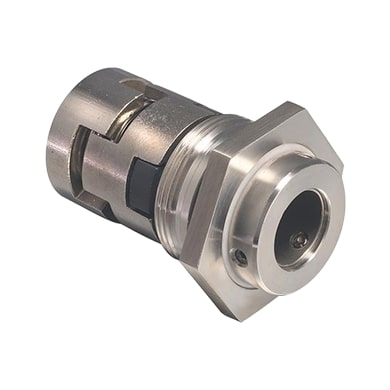
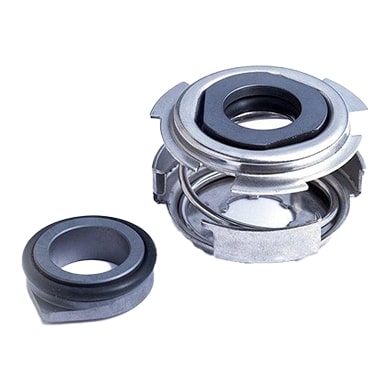
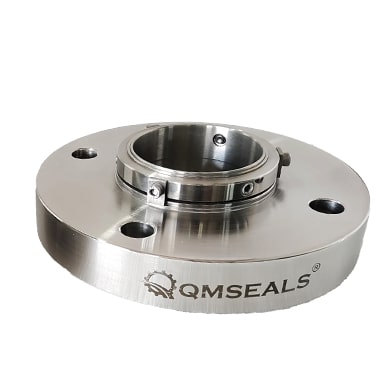
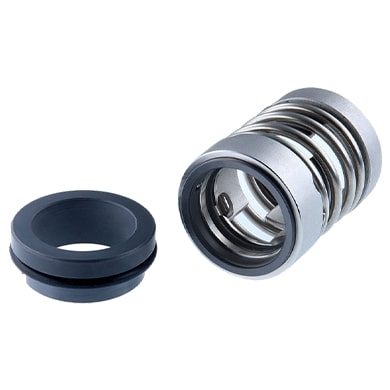
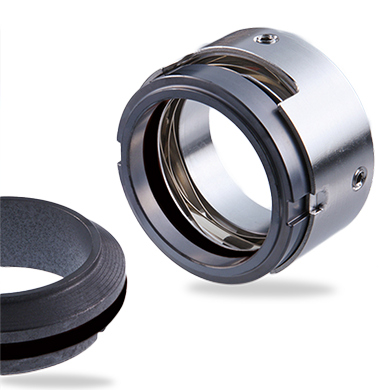
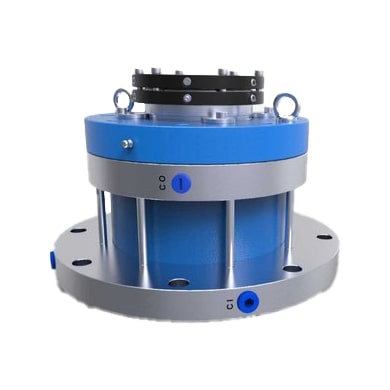
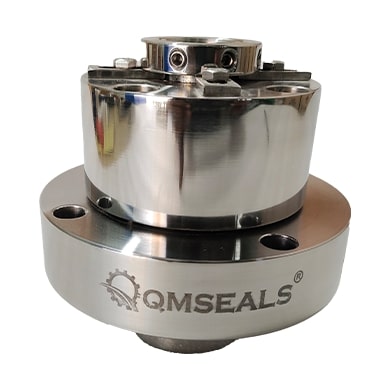
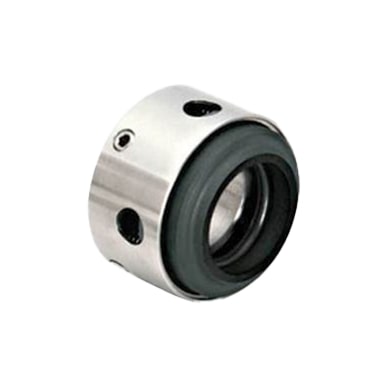
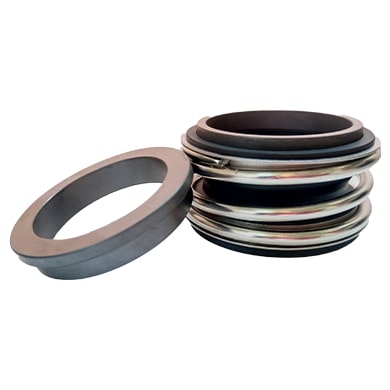
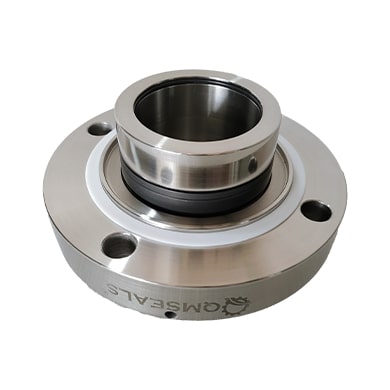
.jpg)

